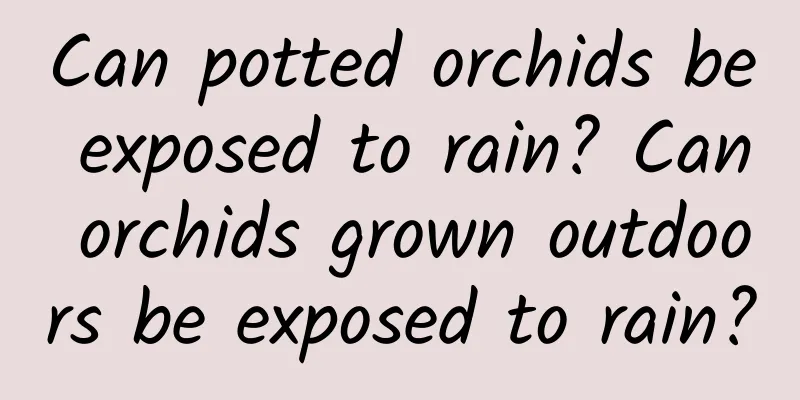Diseases and Pests of Chlorophytum comosum and Their Control

Diseases of Chlorophytum comosumMain diseases of Chlorophytum comosumChlorophytum comosum is not easily susceptible to diseases and pests. If you water too much, the soil in the pot is waterlogged and the ventilation is poor, the roots of the thousand-leaf spider plant will rot. In addition to causing root rot, the thousand-leaf spider plant may also suffer from root rot, which will cause the roots to rot and then endanger the entire plant and cause the thousand-leaf spider plant to die. Root rot may actually be caused by fungi and nematodes. Root rot is a soil-borne disease. In addition to root rot, it is caused by pollutants, bacteria, pests and other factors in the soil. Root rot prevention and treatment methodsIf root rot occurs due to excessive watering, you should control watering, cut off the rotten roots, and replant. If the root rot is caused by fungi or pests, not only do you need to prune the roots, you also need to replace the soil with fresh, sterilized soil. Root rot can also be prevented and treated by spraying pesticides. Pests of Chlorophytum comosumMain pests of Chlorophytum comosumIf the clusters of Chlorophytum comosum are dense and poorly ventilated, they are easily harmed by scale insects. Scale insects are one of the most common pests on plants. They often gather on branches, leaves, and fruits, feeding on plant sap. In severe cases, they can cause branches to wilt or the entire plant to die. How to control scale insectsWhen Chlorophytum comosum is attacked by scale insects, prevention should be the priority. In daily maintenance, we should pay attention to strengthening ventilation and avoiding damage caused by scale insects. If the growth of Chlorophytum comosum is often too long, try to detect and prevent it early. If scale insects occur, spray with 1000-1500 times diluted 50% Marathon Emulsion once every 7 days, and spray 2-3 times in a row. |
<<: Pests and control methods of two-line arrowroot
>>: Common Oncidium Pests and Control Methods
Recommend
How to repot Dieffenbachia
1. Time selection Spring and autumn are the best ...
When to sow cucumber seeds
1. Sowing time 1. Spring: Spring is the best time...
How big can a snake plant grow? Can it reproduce on its own?
1. How big can it grow? It has many varieties, an...
What diseases does Tigerthorn have?
1. Common diseases For Euphorbia milii, the most ...
How to plant and germinate pepper seeds
1. Choose the seed First choose the right pepper ...
Planting and maintenance of Fraxinus chinensis
1. Planting 1. When cultivating and caring for th...
Is Christmas cactus poisonous when placed in the bedroom? Where is the best place to place it?
1. Is it poisonous to put it in the bedroom? Chri...
Where can you put the green radish without losing money? Where is the best place to put it at home?
1. Where to put it without losing money When grow...
How to save Schefflera from yellowing and falling leaves?
Schefflera occidentalis is also called duck's...
How to prune bonsai osmanthus and how to shape it
1. Pruning method When pruning, you need to adjus...
What are the characteristics of creeper? Complete picture of creeper
1. Characteristics of creeper Strong climbing abi...
How to reproduce coral
Reproduction method The most common method of pro...
Lentil cultivation methods and precautions
1. Maintenance methods 1. Temperature: It likes a...
When and how to repot cymbidium orchids
Cymbidium orchid repotting time It is recommended...
How to trim loofah
When to prune loofah The first pruning of loofah ...









